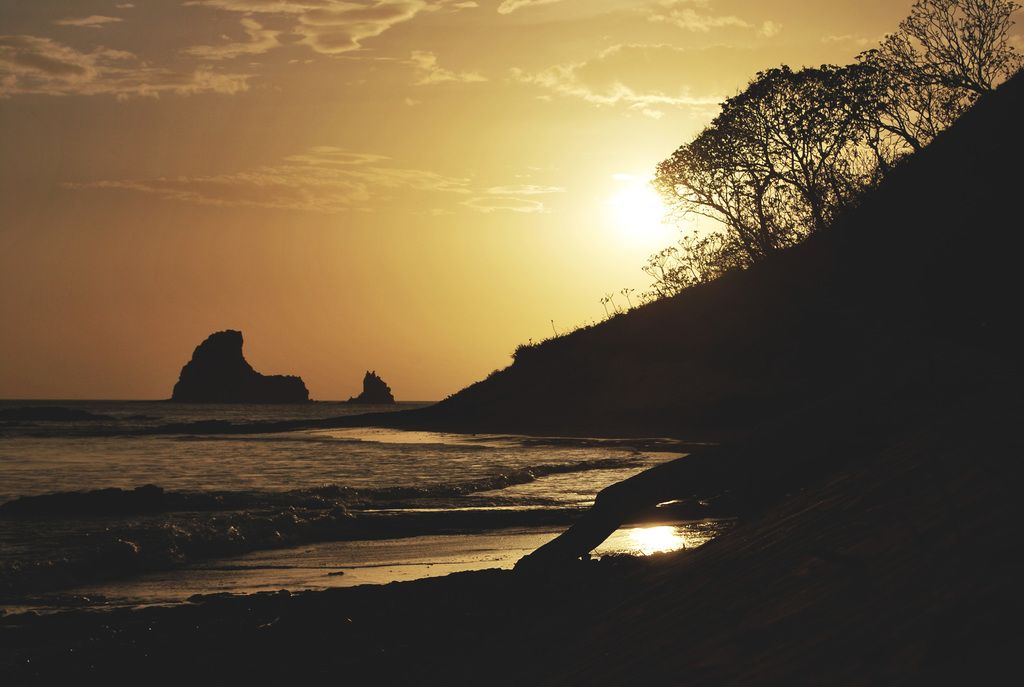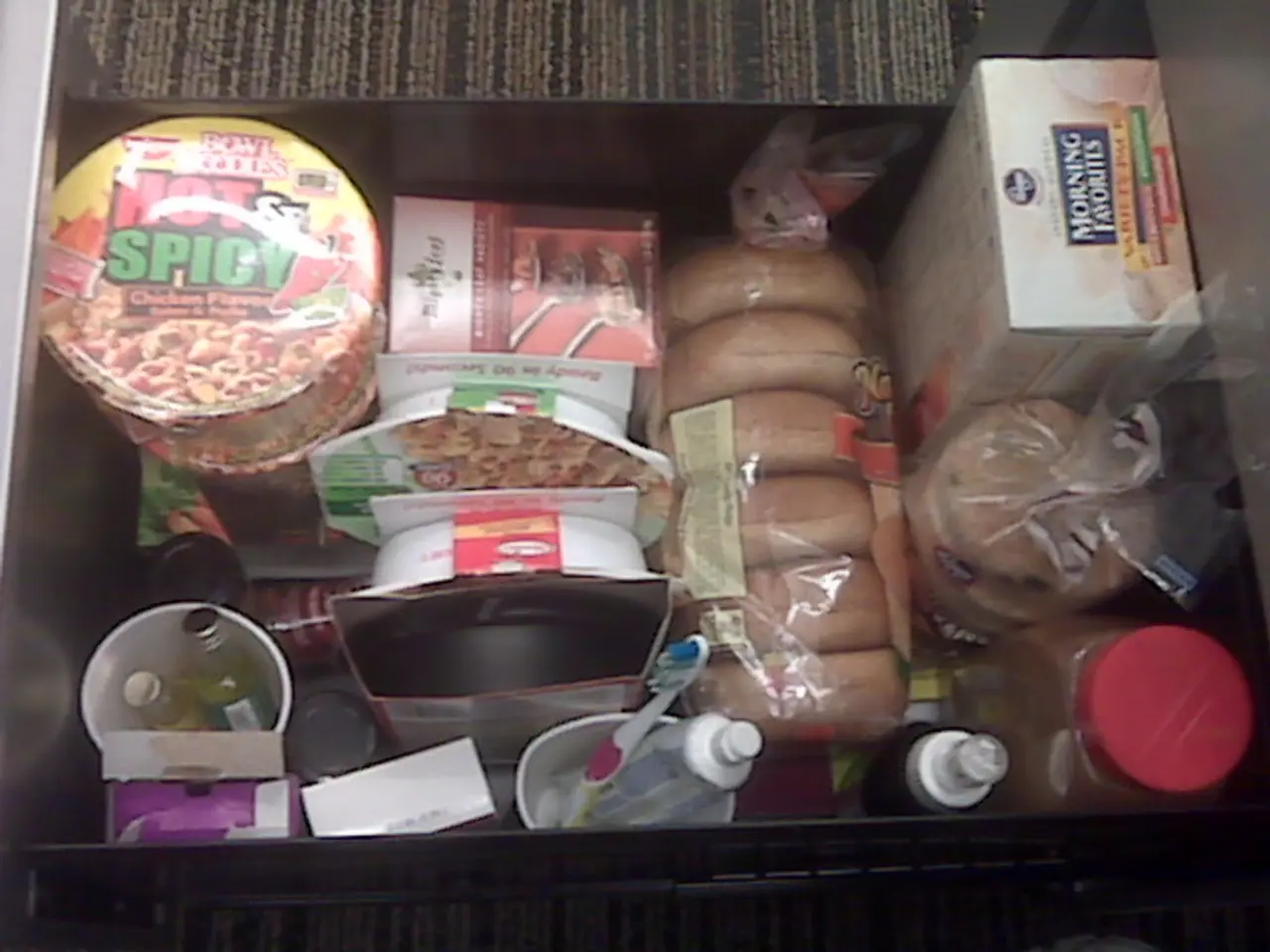Exploring the Top Destinations in the Chugoku Region: A Comprehensive Guide to Chugoku Travel!
Reinventing Chugoku: A Journey Through Japan's uniquely serene West
Japan's Chugoku region - meaning 'middle country' - is nestled on Honshu, the main island's western side, neighboring Kansai, Kyushu, and Shikoku. Famous for Hiroshima and Okayama, Chugoku is a treasure trove of off-the-beaten-path prefectures that offer unique experiences rarely encountered by international tourists. Here's a taste of what each prefecture brings to the table.
Hiroshima: A City Followed by Peace
Hiroshima, the city synonymous with the world's first atomic bombing, is a poignant reminder of the destructive power of war. Today, it serves as a symbol of peace and resilience, alongside its famous Itsukushima Shrine, which appears to float on the water during high tide. The city's wow factor doesn't stop there; try its Momiji Manju (maple-leaf-shaped sweets) and succulent oysters grilled on the BBQ at local seafood eateries.
Onomichi, a port town with cobblestone streets and old-world charm, transport you back in time. It also serves as the gateway to the Shimanami Kaido, a breathtaking toll road connecting Hiroshima and Ehime on Shikoku, ideal for cycling enthusiasts.
Takehara, Hiroshima's Little Kyoto, offers a taste of tradition through its salt-making process and sake breweries. Don't miss Rabbit Island (Okunoshima), home to over 1,000 fluffy inhabitants!
Okayama: Land Bathed in Sunlight
Okayama Prefecture boasts an enviable number of sunny days, resulting in a climate perfect for fruit growing. Korakuen Garden, a landscape masterpiece ranked among Japan's top three, is a must-visit. Naoshima Island, well-known for contemporary art installations, can be easily reached from the prefecture's southern shores.
Crow Castle (Okayama Castle) towers above the city, offering panoramic views, while Uno Port, nearby, is the perfect departure point for Naoshima Island adventures. Visit Washuzan Mountain for panoramic views of the Seto Inland Sea or relax in the tranquil waters of Shibukawa Beach.
Kurashiki Bikan Area, with its picturesque traditional buildings, showcases the Edo era's charm.
Shimane: A Secluded Island of Tradition
Shimane Prefecture, face-to-face with the Sea of Japan, is not frequently visited by international tourists, but nature lovers will find untouched landscapes and preserved traditions. Izumo Taisha, one of Japan's oldest and most significant shrines, plays a crucial role in the country's mythology.
Discover Matsue Castle, one of the original 12 castles in Japan, or row a boat along its moat to enjoy a glimpse of the town's Edo-period architecture. Iwami Ginzan, a historic silver mine, transports you back to the Edo era, while Inasa Beach's picturesque round island promises a memorable experience.
Tachikue Gorge's lush, verdant landscapes are sure to take your breath away.
Tottori: A Coastal Haven Less Travelled
Tottori Prefecture, the least populated in Japan, is a coastal oasis of natural beauty yet to be discovered by the masses. Its claim to fame is the Tottori Sand Dunes, the country's largest sand hills, where you can try paragliding, sandboarding, or camel rides.
The Uradome Coast's dramatic rock formations earn it a spot among Japan's most scenic coastlines. Picture-perfect beaches and crystal-clear waters invite you to dive beneath the surface and explore the marine life.
Hakuto Shrine and Tottori Castle are worth a visit, as is Hanakairo Flower Park, home to some of the country's most beautiful gardens.
Yamaguchi: Island Getaways and Cultural Gems
Yamaguchi Prefecture, located on the westernmost point of Honshu, boasts a coastline stretching over 1,500 kilometers. Its capital, also called Yamaguchi, boasts a townscape resembling Kyoto, boasting a five-storied pagoda at Rurikoji Temple.
The dramatic Motonosumi Inari Shrine, home to 123 brilliant torii gates perched on cliffs, offers an unforgettable view. The Tsunoshima Bridge, one of the longest in Japan, connects the mainland to picturesque Tsunoshima Island, a paradise for island hoppers.
For an authentic experience, explore the Kintai Bridge, Akiyoshido Cave, and Omijima Island, famous for its striking rock formations.
Where to Rest Your Head: Chugoku Edition
Chugoku's diverse landscapes and hidden gems offer a peaceful, authentic side of Japan less frequented by tourists. Here are five unique accommodations to help you make the most of your trip:
- Hotel Cycle, Hiroshima – A refurbished warehouse hotel near Onomichi station
- Mitsui Garden Hotel, Okayama – A stylish hotel in the heart of the city
- Takenoya Ryokan, Shimane – Traditional ryokan steps away from Izumo Taisha, offering Kaiseki dinners
- Yozyokan, Tottori – A picturesque Japanese-style hotel with scenic onsens
- Matsudaya Hotel, Yamaguchi – An old-world ryokan featuring a beautiful Japanese garden and private onsens
Embark on a less crowded, more authentic exploration of Japan's Chugoku Region, where ancient traditions, stunning natural landscapes, and hidden gems await. Be sure to follow us on Instagram or Facebook for more travel inspiration!
This post may contain affiliate links. By clicking through and making a purchase, we may receive a small commission, at no extra cost to you.
Enrichment Data:- Okayama Castle, also called Crow Castle, is famous for its black exterior.- The Shimanami Kaido, a road connecting Onohama (Hiroshima) and Imabari (Ehime), is a popular cycling route with scenic views of the Seto Inland Sea.- Hanakairo Flower Park in Tottori Prefecture is one of the largest flower parks in the country.- Motonosumi Inari Shrine in Yamaguchi Prefecture is home to 123 torii gates perched on cliffs that face the sea.- Tsunoshima Island in Yamaguchi Prefecture is famous for its striking rock formations and turquoise waters.- The Tsunoshima Bridge is one of Japan's longest bridges, connecting Yamaguchi Prefecture to Tsunoshima Island.
- In Hiroshima, besides visiting the peaceful Itsukushima Shrine, you can savor Momiji Manju and succulent oysters at local seafood eateries, and travel back in time in Onomichi, a port town with cobblestone streets.
- Okayama Prefecture offers the breath-taking Shimanami Kaido, ideal for cycling enthusiasts, Korakuen Garden, a landscape masterpiece, and Naoshima Island, known for contemporary art installations.
- Shimane Prefecture, face-to-face with the Sea of Japan, showcases Izumo Taisha, one of Japan's oldest shrines, and preserved traditions in its untouched landscapes, along with Matsue Castle and Iwami Ginzan, a historic silver mine.
- Tottori Prefecture, boasting the country's largest sand hills, offers paragliding, sandboarding, and camel rides at Tottori Sand Dunes, as well as the Uradome Coast's dramatic rock formations and the Hakuto Shrine.
- Yamaguchi Prefecture, located on the westernmost point of Honshu, features the Motonosumi Inari Shrine, Tsunoshima Bridge, and Kintai Bridge, and provides opportunities to explore Akiyoshido Cave, Omijima Island, and experience authentic Japanese lifestyles at traditional accommodations.




